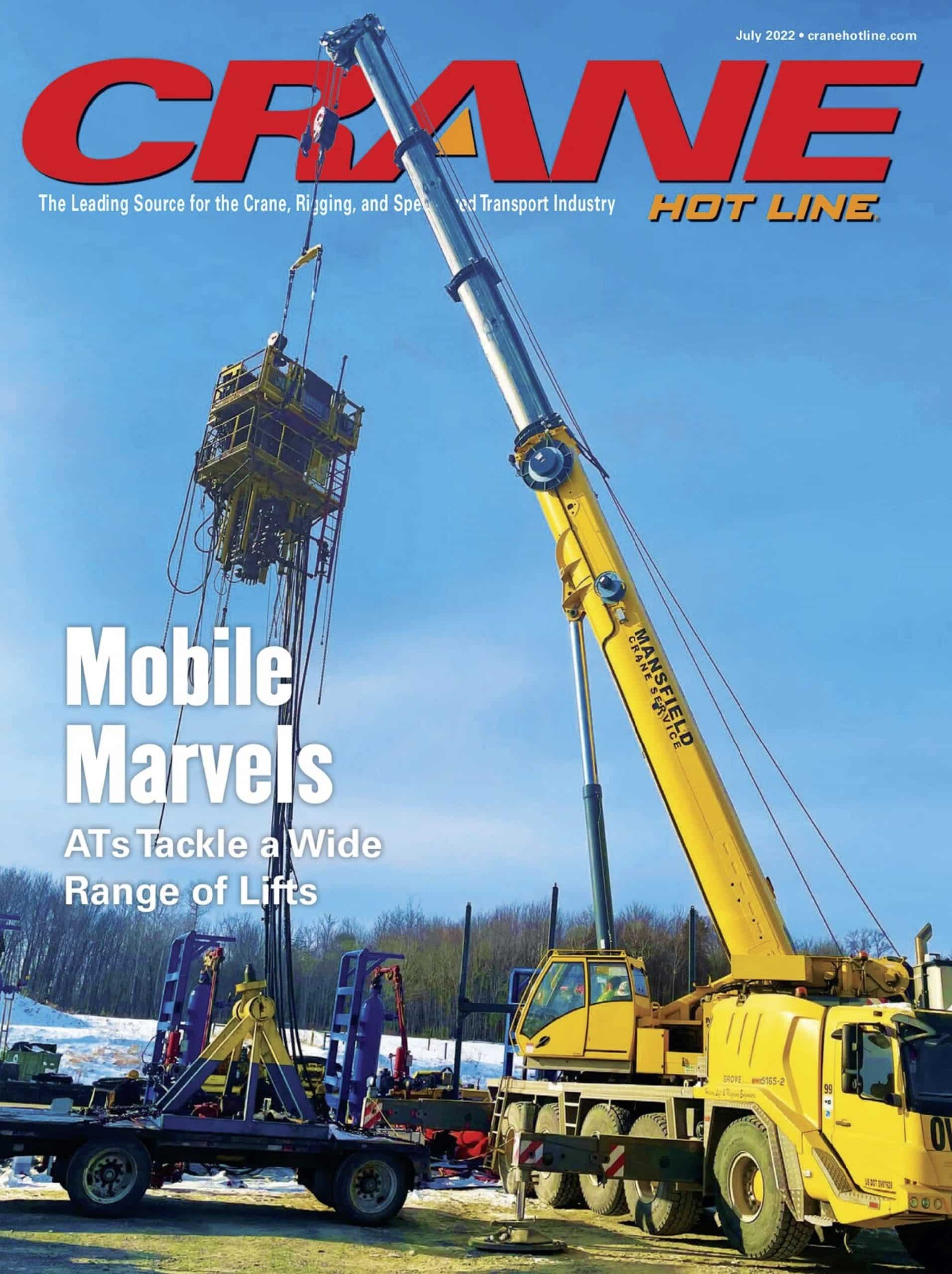Towing a trailer is not as easy as it looks. While heavy machinery and large vehicles have the power to tow trailers, there are some calculations one must consider. Certain calculations such as the Gross Axle Weight Rating (GAWR), Gross Vehicle Weight Rating (GVWR), payload capacity, and more all affect a trailer’s cargo capacity and the vehicle’s total towing power. Use this guide on how to determine your trailer GVWR to avoid any issues.
Important Definitions
There are some definitions to understand that play a role in the trailer’s towing power. This includes the Gross Axle Weight Rating (GAWR), Gross Vehicle Weight Rating (GVWR), trailer weight, payload capacity, and tongue weight.
Gross Axle Weight Rating:
The maximum distributed weight supported by a road vehicle’s front (FR) or rear (RR) axles.
Gross Vehicle Weight Rating (GVWR):
A vehicle’s maximum operating weight or mass specified by the manufacturer. This typically includes the chassis, body, engine, engine fluids, fuel, accessories, driver, passengers, and cargo, but does not include the trailer.
Trailer weight:
The empty weight of a fully assembled trailer. Another way to calculate trailer weight is the Gross Trailer Weight Rating (GTWR). This is the total mass of a road trailer fitted to capacity. Typically, this includes the weight of the trailer itself, fluids, and cargo specified by the manufacturer.
Payload capacity:
The maximum amount of weight added to the trailer in addition to its empty or curb weight. This does not include the weight of the vehicle and cargo. That is the towing capacity, which is the maximum weight a vehicle can tow after factoring in the vehicle’s weight and any cargo.
Tongue weight:
The weight a fully loaded trailer exerts downward on the hitch of a towing vehicle through the trailer’s tongue. It is about 10 to 15 percent of the gross trailer weight.
Find the Trailer’s Load Limit
When determining your trailer’s load limit, locate the VIN label. It will show the GVWR and GAWR as well as tire information, loading information, and maximum cargo capacity. This total weight cannot exceed the GVWR, so load the trailer properly with the right air pressure listed on the VIN. If the trailer exceeds 10,000 pounds, determine the empty weight, and find the GVWR. Subtract the empty weight from the GVWR to show its maximum available cargo capacity.
Determine the Tow Vehicle’s Load Limit
Finally, another way to determine your trailer GVWR is to find the tow vehicle’s load limit. Look at the vehicle’s maximum carrying weight. Determine the weight of the operator and any passengers and subtract from this number. The result will indicate the available cargo capacity. Remember, the combined cargo weight must never exceed this available cargo capacity.
Check us out at NessCampbell Crane & Rigging for the best Portland crane service. Our team of expert crane and rigging operators know the maximum load capacity of the entire fleet, so you don’t need to. That’s one of the reasons we’re the premier crane company around. Call us today to learn more from our NCCCO-certified operators and which machines we have available for your next project.






